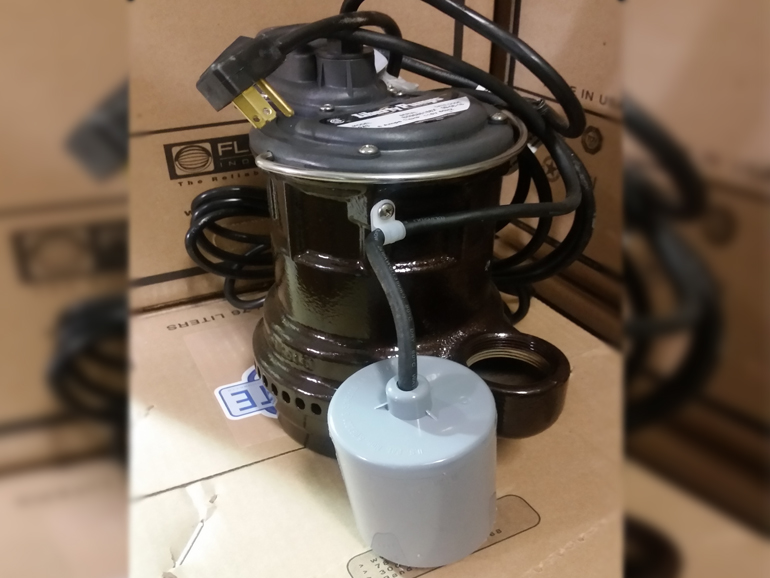Is your sump pump working properly, or will you find a surprise come spring thaw?
Chad Brown from Brown's Plumbing and Heating in Steinbach says water comes through the weeping tile of a home, into a pit, and then gets drawn out of the house by a sump pump. Brown notes it's best to test a sump pump at this time of year to make sure it's still working, adding the life span of a sump pump can be anywhere between five and ten years.
"If you're able to open up your sump pump pit, it's a good idea to make sure there's no rocks or mud or gravel in the bottom of the pit. The other thing to test; there's usually a float switch on the side and if you lift that up you're telling the pump that the pit is full of water and it should come on."
Brown notes maintenance in fall is also important. He says disconnecting the extension hose from the house is best to ensure, if the pump does run at any point in the winter, it's not being obstructed by ice build up. Brown adds ice build up may cause the sump pump to run continuously and eventually burn out.
He says making sure the water is pumped away from the home is also important.
"It's a good idea to get it away from the house ten or 20 feet if you can. The reason is, if the water just simply pours out of the side of your house, it's going to soak through the ground, go back into your weeping tile, back into your sump pit, and then it's just going to keep short cycling."
Brown notes if a sump pump fails it can cause excess water to flood the basement of a home and potentially damage drywall, insulation, the furnace, the hot water tank, water softener, washer and dryer, or furniture. He says replacing the sump pump as quickly as possible is the first step.
He says some homes have a battery-powered back-up sump pump which is helpful if the primary pump should fail or in the event of a power outage.
















